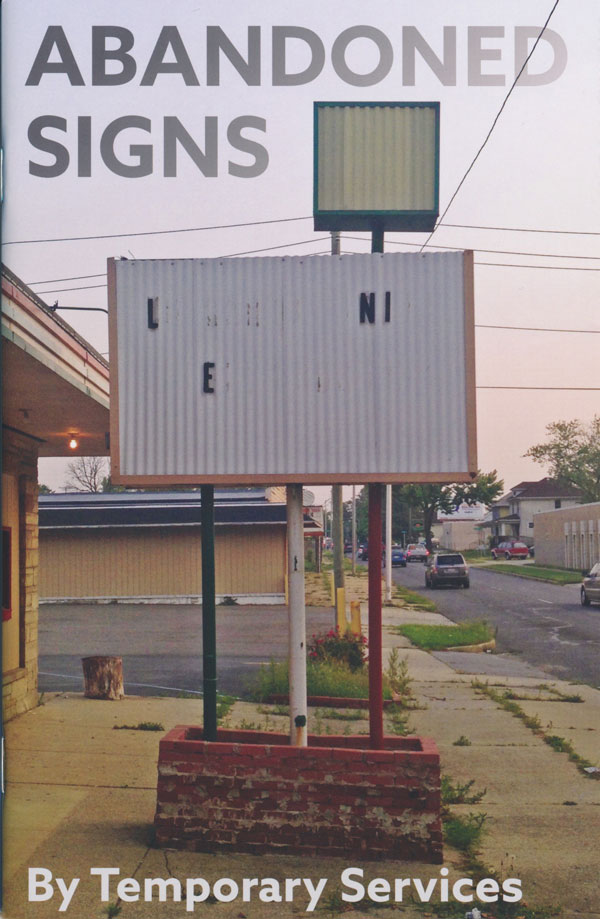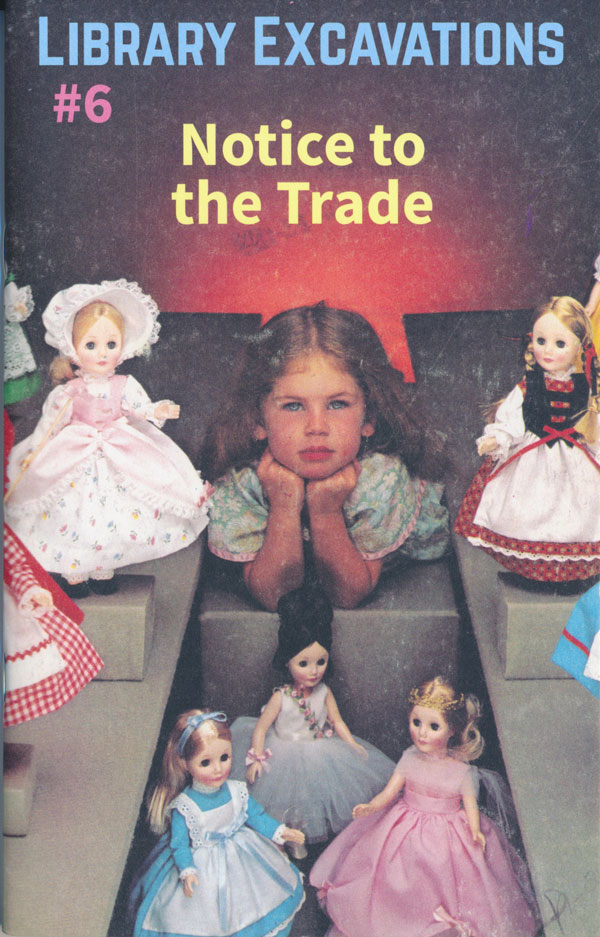About a month ago Virginia Katz cajoled me into leading a discussion at her regular public salon at Eastside International gallery at LA’s Brewery art complex. Since every time an art critic speaks in public an angel loses its wings, I am not really big on the whole oral thing. But I have this manifesto I’m working on? And I wanted to run some ideas up the flagpole. So my topic was “Can the Art World be Reformed or Should We Just Move 5 Miles to the Left and Start from Scratch?”
The consensus seemed to be that if TAW (The Art World) was to suddenly shift its resources to support the people in that particular room, then: problem? What problem? No problem! Which I totally agree with; but I’m not holding my breath. Though I got a lot of good feedback for my coming Manifesto, you can probably guess that I lean more toward the “5 Miles to the Left” scenario. I was about to reveal my 5-year 5-Point Plan, but I was waiting for Carol Cheh to return from her smoking break. I waited and waited. Whatever happens next Carol, it’s on you.
One of the key phrases that I forgot to mention in my topic was “Or has it already happened?” One of the most promising signs of that possibility arrived in my mailbox a couple of weeks later. Alongside a passel of recent publications (we’ll get to that) there was this… manifesto of sorts:
We strive to build an art and publishing practice that:
- Makes the distinction between art and other forms
of creativity irrelevant - Builds and depends upon mutually supportive
relationships - Tests ideas without waiting for permission
or invitation - Champions the work of those who are frequently
excluded, under-recognized, marginal,
noncommercial, experimental, and/or socially
and politically provocative - Puts money and cultural capital back into the work
of other artists and self-publishers - Makes opportunities from large museums and
institutions more inclusive by bringing lesser-known
artists in through collaborations or advocacy. - Insists that artists who achieve success devote
more time and energy to creating supportive social
and economic infrastructures for others
I’m not sure about the whole making “opportunities from large museums and institutions” dealie, but I trust these guys.
I first heard about Temporary Services when—under the aegis of the Outpost for Contemporary Art—they occupied a vacant lot at the corner of Sunset and Alvarado in 2005, building a proto-selfie-museum from shopping carts, perfectly good headboards and other curbside scavengings; holding potlucks, DJ sets, urban foraging workshops, film-screenings, and giveaways of their zines. At that point their publishing output must have been around 60-something titles, and their most recent items left a big impression: Framing the Artists—an extensive, incisive and deadpan compendium of depictions of artists and art in movies and TV; Public Phenomena: Informal Modifications of Shared Spaces—the second in an ongoing series compiling documentation of homemade basketball hoops, parking space savers, roadside memorials and other vernacular art and engineering projects; and a poster iteration of what is possibly still their most famous anthropological study, Prisoners’ Inventions, a simultaneous celebration of human ingenuity and indictment of the prison-industrial complex. (All of these are out of print but available as free PDF downloads at temporaryservices.org).
And this is just the tip of the iceberg. While TS maintained their activities as situationist provocateurs with a variety of workshops, happenings and institutional interventions, by 2008 it became obvious that their pamphlets, posters, books and zines were their most effective tools for networking and disseminating ideas. So they formed a publishing imprint and online store called Half Letter Press to consolidate and monetize their own projects, and to expand their collaborative capacities—they’re in bed with local zanies The Journal of Aesthetics and Protest, and a couple of dozen kindred fringe-dwelling small presses, including PRINTtEXT, whose hot-off-the-Risograph Brush Master examines the legacy and impact of that Indianapolis hand-painted signmaker.

Zine covers from Temporary Services and Half Letter Press.
Still, it’s the output of founding TS members Brett Bloom and Marc Fischer that most consistently poke at the wound in Art’s side—their recent collection of photographs of Abandoned Signs taps into a vast field of entropic semiotics that is of tremendous importance, as are the patacritical archive explorations Fischer conducts under the sobriquet “Public Collectors.” These include Hardcore Architecture—a series collating contact listings from ’80s hardcore networking bible Maximum RocknRoll with Google Street View images of the corresponding dwelling; MATALICA TICKETS, a found avant-garde literary text made from the keywords from a single Craigslist ad for the titular commodity; and the seemingly inexhaustible Library Excavations series, which shifts its focus from decommissioned VHS tapes to the art used to illustrate art-therapy manuals to specialized cease-and-desist ads from toy trade journals— “Warning! Care Bears™ are a Protected Species!”
While I love the Library Excavations, it would be quite easy to slip into a neo-Medieval hermeticism, hiding in the alcoves, scanning, pasting up, Xeroxing, and shipping out your discoveries. That’s one of the conundrums of publishing as a means to moving 5 miles to the left and starting from scratch—how can you be sure there’s anybody listening? But I guess I am, and if you made it this far, you are. And with Brett and Marc that makes four—good enough! Let the Revolution begin! Manifesto coming soon.

Zine covers from Temporary Services and Half Letter Press.
temporaryservices.org; halfletterpress.com


